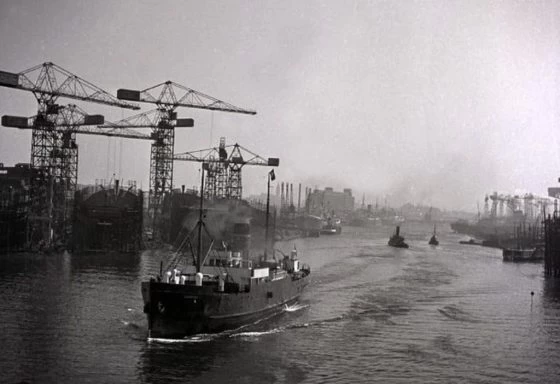William McCann and Elizabeth McConnell
William Gilmour McCann
William Gilmour McCann was born in Ballydorn, Killinchy, County Down, in what is now Northern Ireland, but at the time of his birth, Northern Ireland had not yet been created, so he was in effect born in Ireland in the province of Ulster. William’s parents were Robert McCann and Mary Gilmour. Their story is told on a separate page.
Elizabeth “Eliza” McConnell
Like her husband, Eliza McConnell was born in Ballyrobert, County Down, Ireland. They lived on the outskirts of Belfast, and were married in Belfast, before they emigrated to Glasgow following the Great Famine. Eliza’s parents were William McConnell and Jane Anderson. Their story is told on a separate page.
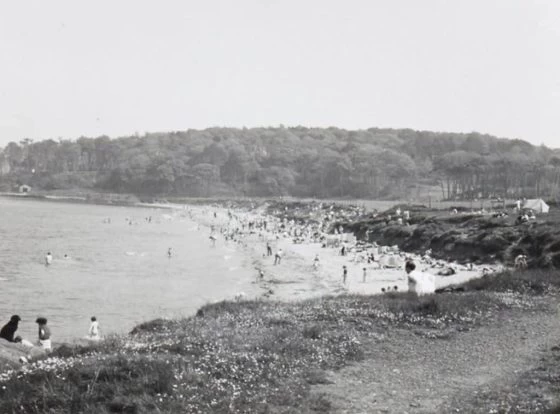
Story
Since I started creating this website I have followed a fairly standard and what, by now, must be a fairly recognisable format. I try to lay out the basic facts about the couple, illustrated by a few photos and complemented by a few anecdotes of the people involved. Where I have no photos or anecdotes I tend to fall back on describing the life and times in which they lived and worked.
On this occasion, I have a shortage of information about the individuals concerned and the story of how I managed to trace their history probably makes a more interesting story, than the few facts I have been able to glean about the couple. Now, I realise that professional genealogists may well roll their eyes at my my humble efforts, but if you do, please do so quietly. Genealogy, for me is a hobby, and I have found the tracing of the Irish Connection of our family heritage to be particularly interesting and rewarding.
William Gilmour McCann
I have never understood why people do this, but my grandfather “William Gilmour McCann” born in Glasgow, was the son of William Gilmour McCann born in Ireland. What was he thinking, giving his son exactly the same name as himself? At this stage I should add that I have a vested interest in this story as my middle name is also “Gilmour”. So I really do need to learn about the Gilmours.
My grandfather, William Gilmour McCann, was a man of few words. He did not speak of his Irish background, in fact he hardly spoke at all, to the extent that after he died my mother and her sister both believed that he was born in Ireland and came to Glasgow as a child with his family. In the late 1990s when I seemed to have exhausted the possibilities of finding any more information about the Thomson family I decided to put my new genealogical research skills to the test by trying to find out about our Irish ancestors.
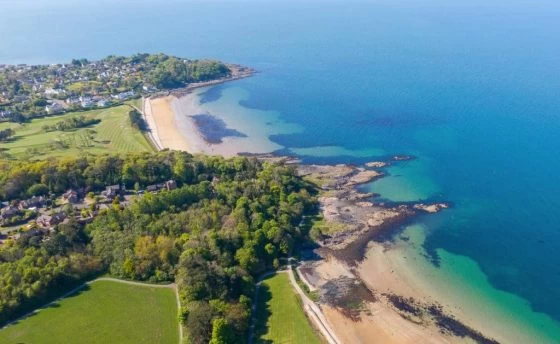
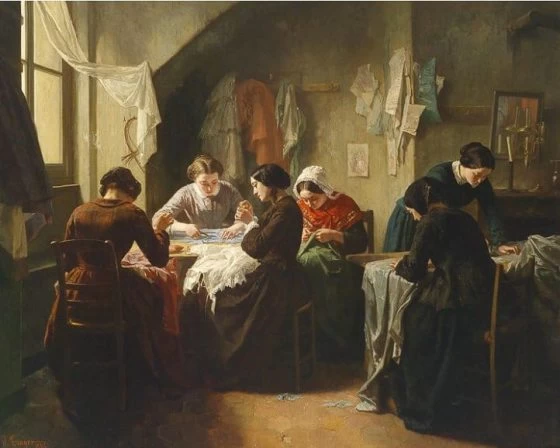
Seamstress
I had heard titbits of information from my mother and my aunt, who had visited Northern Ireland after my grandfather died. Shortly before she died, I asked my aunt to tell me what she new about the Irish connection. By this stage all she could remember of her visit was that the scenery was beautiful and visiting somewhere possibly on the north coast where the McCanns came from. Her main memory of the trip was being taken to a church where her relatives explained that it was in this church that they hid the guns during the Troubles. Sadly, she couldn’t remember the name of the church or where it was. Probably, just as well.
For those of you who might have slept through your history lessons at school, I should explain that, prior to the Treaty of Independence in December 1921, Ireland was part of Britain. Ulster, or Northern Ireland, was a Province of Ireland and was ruled from Dublin, which in turn was ruled from London. So our ancestors lived in Ireland, as Northern Ireland had not yet been created.
From Belfast to Glasgow
I have tried on many occasions to trace our Irish ancestors, with not a great deal of success. My search started with my grandfather William Gilmour McCann. I traced him in several Scottish Census returns living in various houses in Kinning Park and the Gorbals area of Glasgow. I traced his birth certificate and found, to my surprise, that he was born in Gloucester Street, Glasgow on 15 June 1873. Rather confusingly, his father was also called William Gilmour McCann, his mother Elizabeth McConnell. The birth certificate confirms his parents were married in Belfast, Ireland on 26 January 1861.
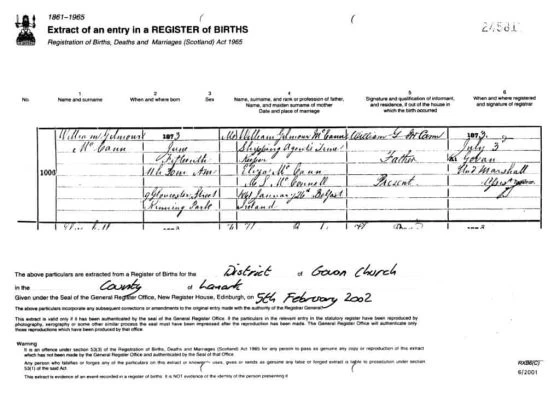

Marriage
Now that I had the date of their marriage, I ordered a copy of their Marriage Certificate. They were married in St Anne’s Parish Church in Belfast. St Anne’s Church was demolished in about 1890 and is now the site of St Anne’s Cathedral in Donegall Street, which was completed in 1899. He was 21, so that means he would have been born about 1840. He was a teacher and his wife a seamstress. His father, Robert McCann, was a weaver and her father, William McConnell, a blacksmith.
St Anne’s Church
It is quite hard to trace records in Ireland as most of the Statutory Records, BMD (Births, Marriages and Deaths) and Census information, were destroyed when the Record Office in Dublin was burnt down in the Easter Rising of 1916. My research had hit a brick wall, because, without BMD (Births, Marriages & Deaths) or Census information it is almost impossible to trace someone unless you have a pretty good idea in which area they lived. To search a Parish Register you need to know in which Parish they lived, what religion they were, and in those days you had to actually visit the Church to view the Register. So I decided that I had probably got back as far as I could go.
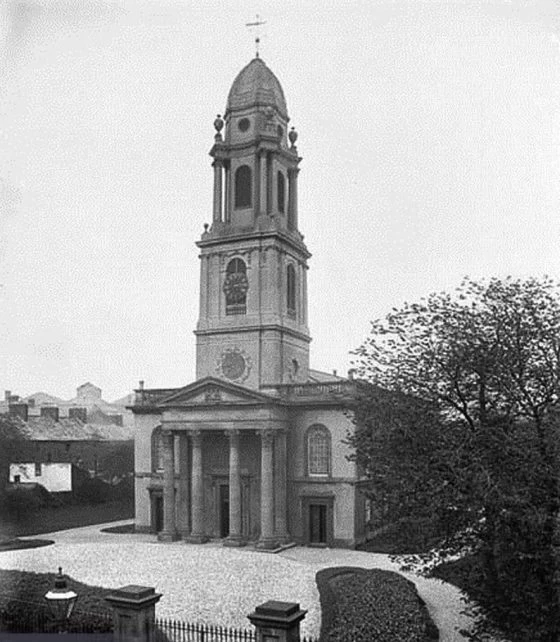

St Anne’s Church Interior
An interior view of the original St Anne’s Church.
Tordeevra
When my grandfather bought his house at 79 Ormonde Avenue, Glasgow, he called the house Tordeevra. He had it signpainted on the glass fanlight above the front door. I thought this name might provide a clue to the location in Ireland that they came from. Maybe Tordeevra was a town or a parish. All attempts to search for Tordeevra on Google produced only one result. Tordeevra was a substantial house and the home of Sir Herbert and Lady Kathleen Brown in Helen’s Bay, County Down, nowhere near the northern coast. Sir Herbert was the High Sheriff of County Down, the sovereign’s representative in the County.
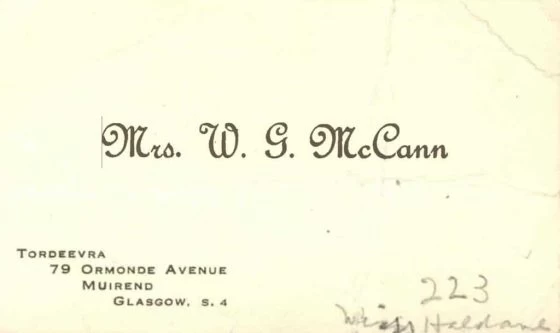
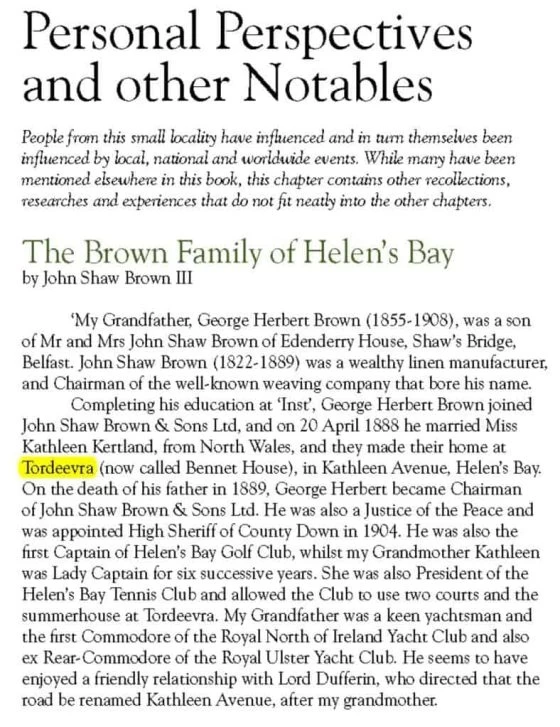
Helen’s Bay
I contacted the Helen’s Bay Historical Society, to see if any of their members knew why the house might be named Tordeevra. Maybe it was a name that had local significance. Anyway, I eventually got a reply that they had actually discussed it at one of their meetings and none of their members knew anything about the origin of the name. So again my research hit the buffers, except that I did have a possible, but tenuous, link to a geographical area. Helen’s Bay is on the north coast of County Down and is both an affluent and attractive area.
77 Bloomfield Avenue, Belfast
I then decided to try to trace the McConnells to see whether I could bypass the blockage in my research. My aunt, Janet McCann, told me that the only McConnell she knew and had exchanged Christmas cards with was someone living in Bearsted, Kent. I wrote to the address, and got a reply from a helpful lady who told me that Miss McConnell had died and they now lived in the house. She had asked around the village and someone had told her that Miss McConnell’s father had been the Head Gardener at a large house in the village and they had all come over from Northern Ireland some time ago. So, yet another line of enquiry bites the dust.
Recently, we decided to clear out the loft. I found a pile of my day books. These are notebooks where I have kept day to day notes. I was just trying to decide whether to throw out these notebooks. I opened the 1999 notebook and it just happened to open on a page with notes about the McCann and McConnell family. I had obviously been in Glasgow and I had asked my aunt to tell me what she knew about the Irish connection, and I had written it all down, and there it was in black and white that my grandfather had a cousin who was the Head Gardener at a house in Northern Ireland called Tordeevra. She also mentioned that she had visited the area and mentioned the names of Craigavad and Glencraig, which are both local parishes.
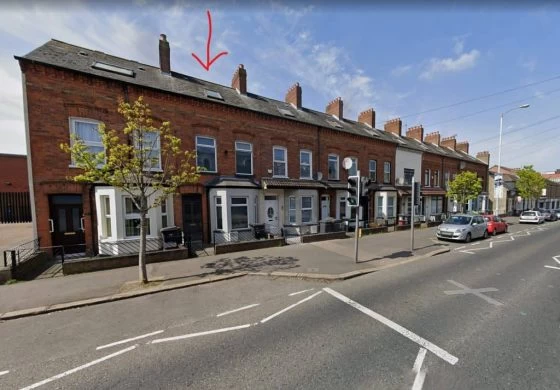
Tordeevra
This little scrap of information, long forgotten and overlooked, suddenly unlocked the puzzle because it provided confirmation that the area where I should be looking was the area between Helen’s Bay and Holywood in County Down. There is also a certain irony that my grandfather, who spent a childhood of hardship and poverty in the Gorbals, should name the first property he bought after the Shangri-La Paradise of Tordeevra that he must have visited in his youth.
Now that I knew where in Ireland to look, I decided to make sure I had extracted as much information as I could from the Scottish Records, before embarking on the Irish search. I knew that my great grandparents were in Belfast in 1861, as that was when they were married, but they were in Glasgow in 1873 when my grandfather was born. So I searched the Scottish 1871 Census and found William and Elizabeth, living with their son James aged five at 59 Washington Street, Glasgow. Both parents were aged 30 and all three were recorded as being born in Ireland. A quick search of the Parish Register for Holywood, County Down revealed a James McCann born in Holywood on 23 August 1865 with parents William McCann and Eliza McConnell. Finally I had narrowed down the search to a specific parish.
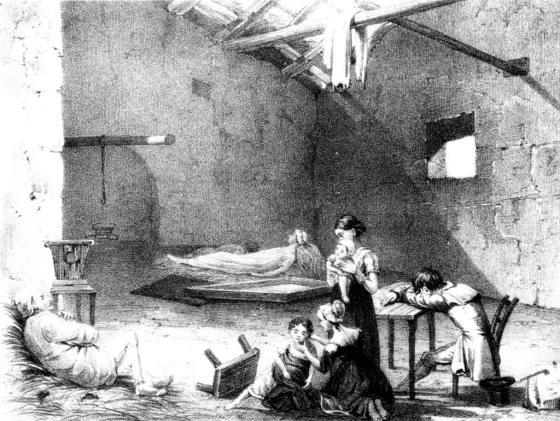
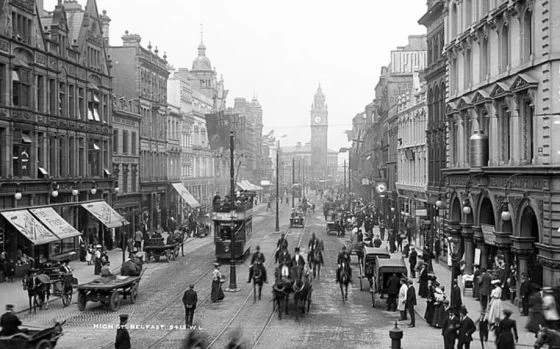
Belfast
Between 1853 and 1865 a comprehensive Valuation Survey of Ireland was undertaken by Sir Richard Griffiths. It is known as the Griffiths Valuation. In the absence of Census information, it provides about the only source of information about residence. Griffiths didn’t complete the survey of Down until 12 July 1864 so this provides a date at which we can locate our ancestors. The survey records that the only William McCann in the Parish of Holywood, rented a house and garden from Adam Vance, in the Townland of Ballyhackamore. The reference code in the Valuation relates to a map that shows the property as being 77 Bloomfield Avenue, Belfast, BT5 5AA. Although in the Parish of Holywood, it is only a mile and a half from Belfast City Centre, and in 1864 it probably didn’t suffer from being under the flightpath to George Best International Airport.
Having located where my great grandparents lived, it was time to move back another generation and look for Robert McCann, the weaver and William McConnell, the blacksmith. It was at this point that I noticed that I had not recorded the dates of death of my great grandparents. So in the interests of accuracy I obtained Death Certificates for them both. The death certificates confirmed that they died in Glasgow in 1911 and 1910, but the really useful information was that the certificates confirmed the father’s names and occupations, but also provided the mothers names as well. Robert McCann was married to Mary Gilmour (My middle name is Gilmour and I had often wondered where it came from) and William McConnell was married to Jane Anderson.
Emigration to Glasgow
Another search of Griffith’s Valuation for 1864, revealed there were two William McConnells living in the Parish of Holywood. One William McConnell rented a house, a forge and a garden from the Executors of Robert S Kennedy. Who but a blacksmith would want to rent a forge? The property is listed as 8b in the Townland of Ballyrobert. The map shows this to relate to a plot of land between Seahill Road and Bangor Road in the village of Seahill, between Holywood and Helen’s Bay. The Townland of Ballyrobert lies adjacent to the Townland of Craigavad and less than a mile from Tordeevra in Helen’s Bay where it is assumed that a son of William McConnell worked as Gardener before moving to Bearsted Kent.
Searches in the archives of the Downpatrick Recorder newspaper reveal that a widow Mary Gilmour of Ballydorn married Robert McCann at the Killinchy Presbyterian Church on 16 August 1838. She already had two children, but I’m hoping that further research will reveal that they had a child which they named William Gilmour McCann. Ballydorn and Whiterock are part of the Parish of Killinchy. They are located on the western shore of Strangford Lough about halfway between Newtonards and Downpatrick.
